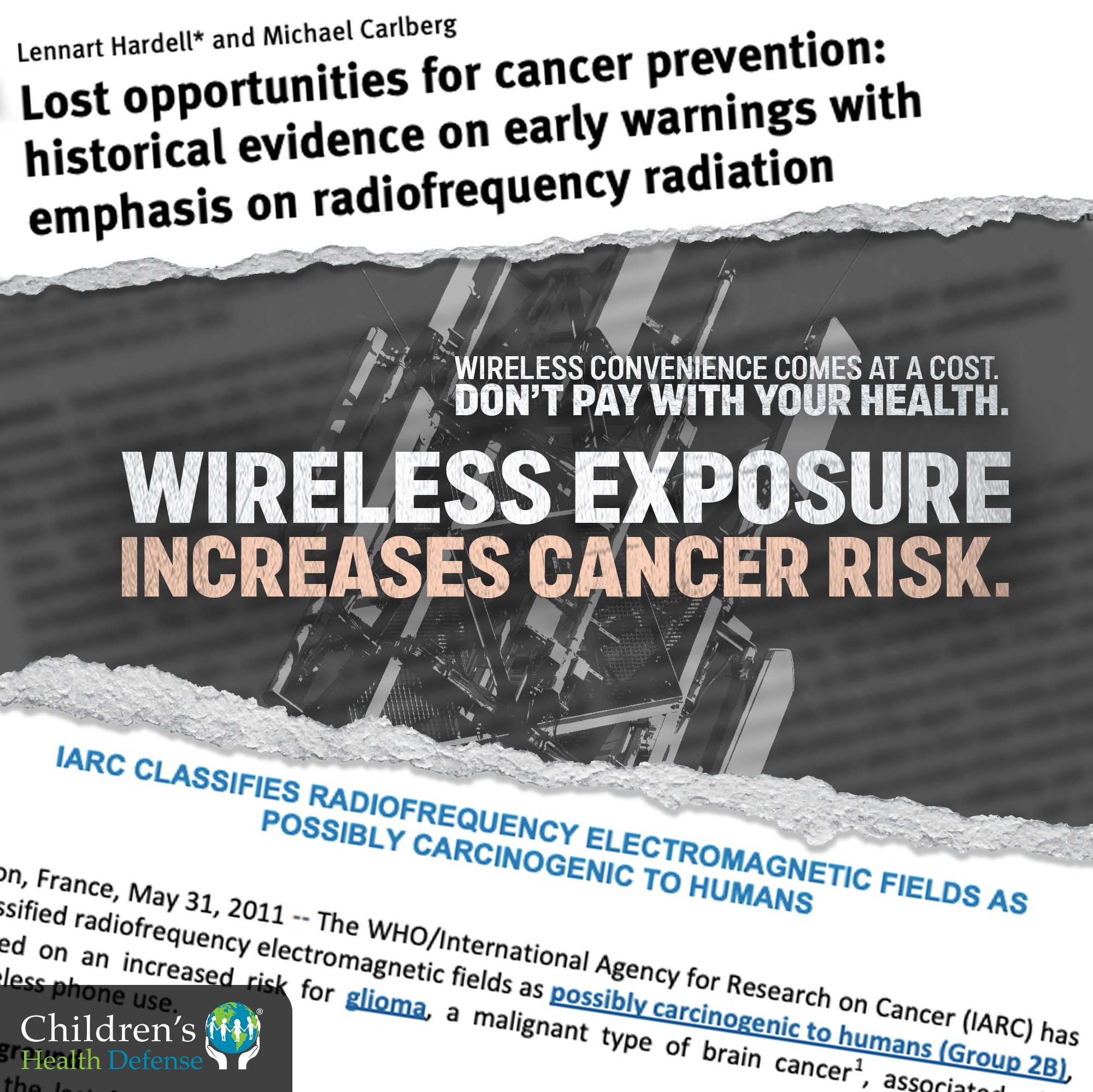Welcome to The Daily Wrap Up, a concise show dedicated to bringing you the most relevant independent news, as we see it, from the last 24 hours.
All Video Source Links Can Be Found Here At The Last American Vagabond: https://www.thelastamericanvagabond.com/peer-reviewed-modrna-causes-cancer
Want to send a check to support TLAV, or just words of encouragement?
Use our new P.O. box:
Ryan Cristian
1113 Murfreesboro Rd. Ste 106-146
Franklin, Tn 37064
Get TLAV Apparel:
https://truthclothing.io/collections/tlav
https://tlavfreespeech.itemorder.com/shop/home/
SAVE TLAV Campaign:
https://www.givesendgo.com/SaveTLAV
Like What You See? Help Us Stay People Funded:
https://www.thelastamericanvagabond.com/donations/donation-form/
https://www.paychute.com/c/b7c68a5b-d437-444c-973b-e0413a5e07c3
https://www.subscribestar.com/the-last-american-vagabond
https://cash.app/$TLAVagabond
https://www.buymeacoffee.com/tlavagabond
https://tlavagabond.substack.com/
Bitcoin Donations: 3HybuDuvH4x5uJHemgc7EW4ms2nz3F8Gah
Ethereum Donations: 0x5e68B8984d9D8167dAf890588a7037Ae6Cc87d4b
Litecoin Donations: MX3T2kYvzfD4mNS4VNSyXFgY4abhUJC5ff
Bitcoin Cash Donations: qqsef23980qu5nlk2dj7s7ezwedl4fmy2gl2mxp9dp
Support The Last American Vagabond by Subscribing here:
http://www.feedblitz.com/f/?Sub=906867
Ryan Cristián’s Objectivity Course:
https://marketplace.autonomyagora.com/objective-research
The Last American Vagabond Links:
Sovern: https://sovren.media/u/tlavagabond/
Rumble: https://rumble.com/user/TheLastAmericanVagabond
Odysee: https://odysee.com/@TLAVagabond:5
Rokfin: https://www.rokfin.com/TLAVagabond
Minds: https://www.minds.com/TLAVagabond
Bitchute: https://www.bitchute.com/channel/24yVcta8zEjY/
Telegram: https://t.me/TLAVagabond
VK: https://vk.com/id504366611
Twitter: https://twitter.com/TLAVagabond
Instagram: https://www.instagram.com/the_last_american_vagabond/
TikTok: https://www.tiktok.com/@thelastamericanvagabond
Getter: https://gettr.com/user/tlavagabond
TruthSocial: https://truthsocial.com/@TLAVagabond
Locals: https://thelastamericanvagabond.locals.com/
Facebook: https://www.facebook.com/Vagabond-Censored-103475109010293/
Memo: https://memo.cash/profile/1Np4Z2d25RSsQi99gKhf2cd5CAwN57jk13
MeWe: https://mewe.com/profile/5bcfb5d2a5f4e5420d7d5a2f
BlueSky: https://bsky.app/profile/tlavagabond.bsky.social
#TLAVPirateStreams #TheDailyWrapUp #TheLastAmericanVagabond
"Copyright Disclaimer Under Section 107 of the Copyright Act 1976, allowance is made for "fair use" for purposes such as criticism, comment, news reporting, teaching, scholarship, and research. Fair use is a use permitted by copyright statute that might otherwise be infringing. Non-profit, educational or personal use tips the balance in favor of fair use.”

www.newstarget.com




















